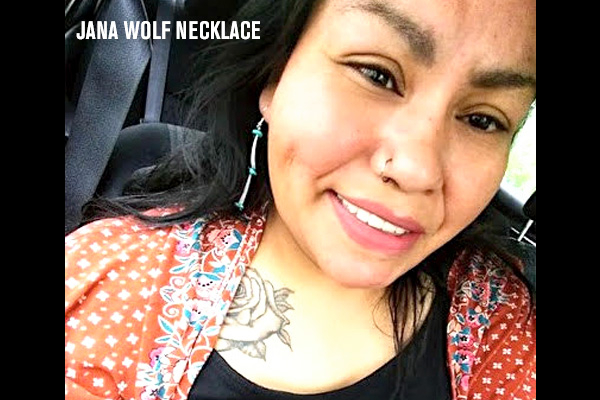A killing for a living –
July 30, 2020 – The pills flowed freely for at least a decade starting in the early 2000s, according to Wolf Necklace and several other members of the tribe who spoke with VICE News for our podcast “Painkiller: America’s Fentanyl Crisis.”They said it was normal for tribe members to visit the pharmacy to get prescriptions for powerful opioid painkillers, then swap those pills for alcohol, illicit drugs such as methamphetamine, or cash.
“People really weren’t even looking at it like it was a bad thing that they were selling their pills,” said Wolf Necklace. “They were talking about actually how fast they could get rid of them, like within minutes and they would have this extra income.”
Wolf Necklace eventually found sobriety and now works as a paraprofessional at the local elementary school and as a peer support specialist for the tribe, counseling others struggling with addiction. Like hundreds of other Native American tribes around the country, the Standing Rock Sioux have been devastated by the opioid epidemic over the past two decades. The rate of overdose deaths among Native Americans increased 519% from 1999 to 2015 — more than any other group, according to the CDC, and it remains well above the national average.



